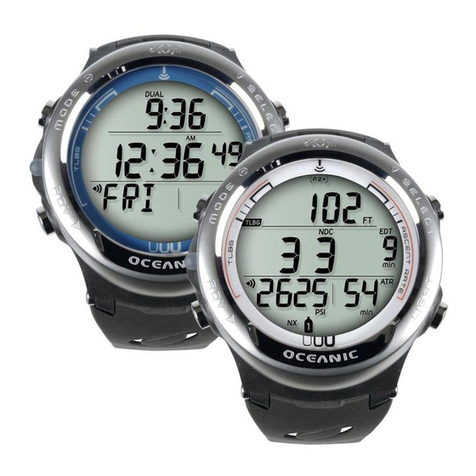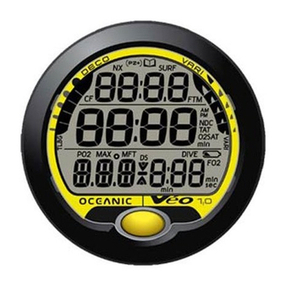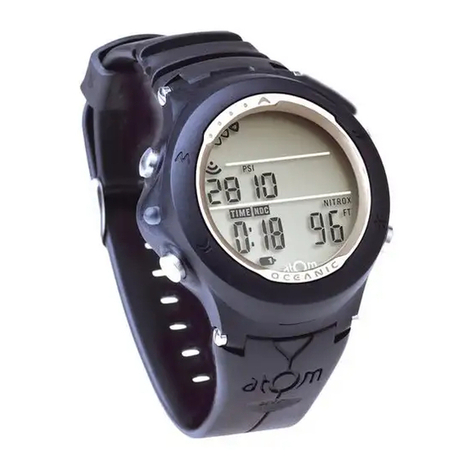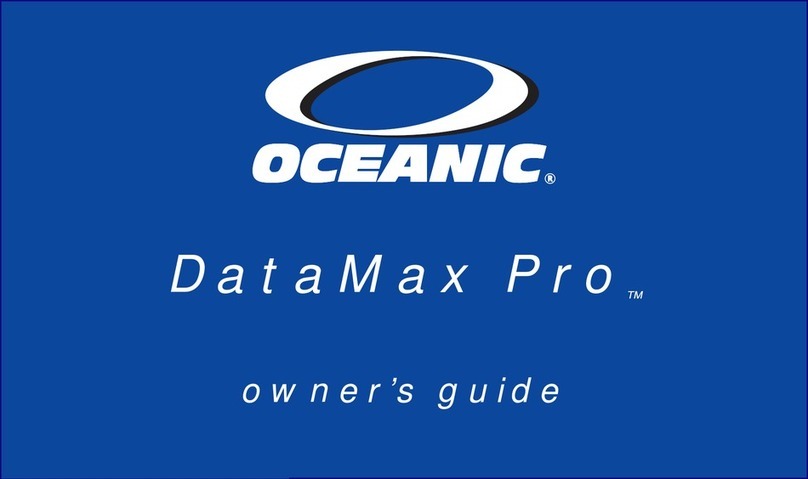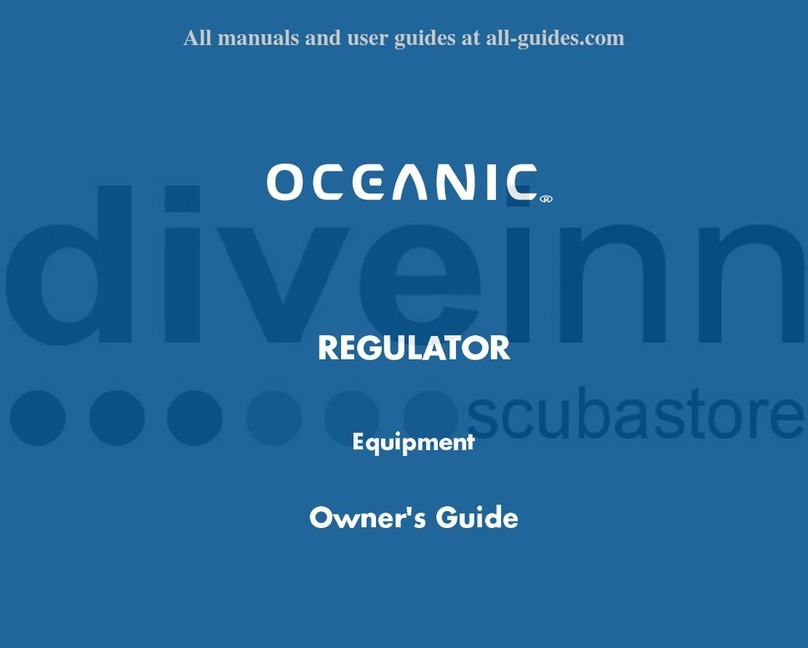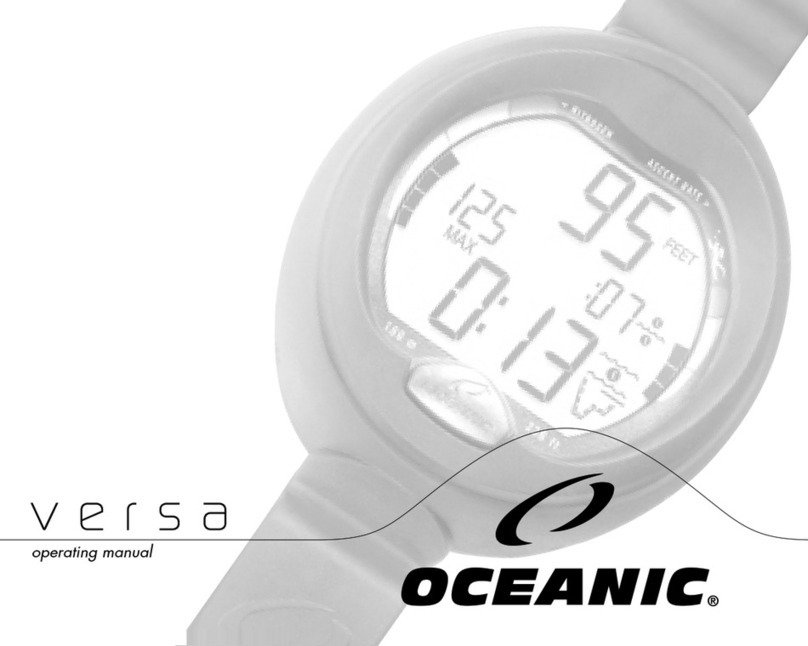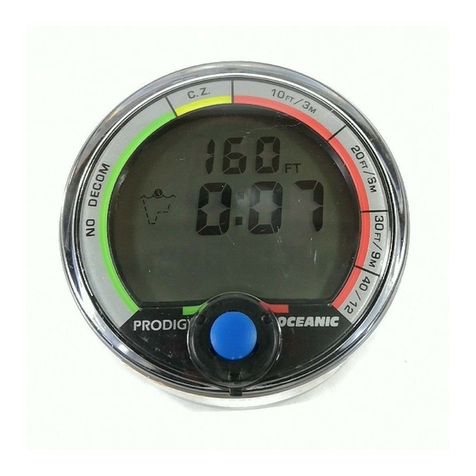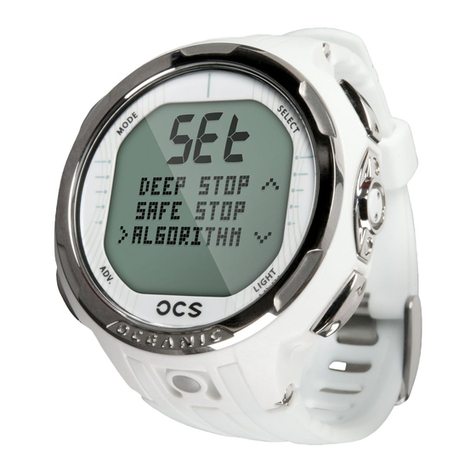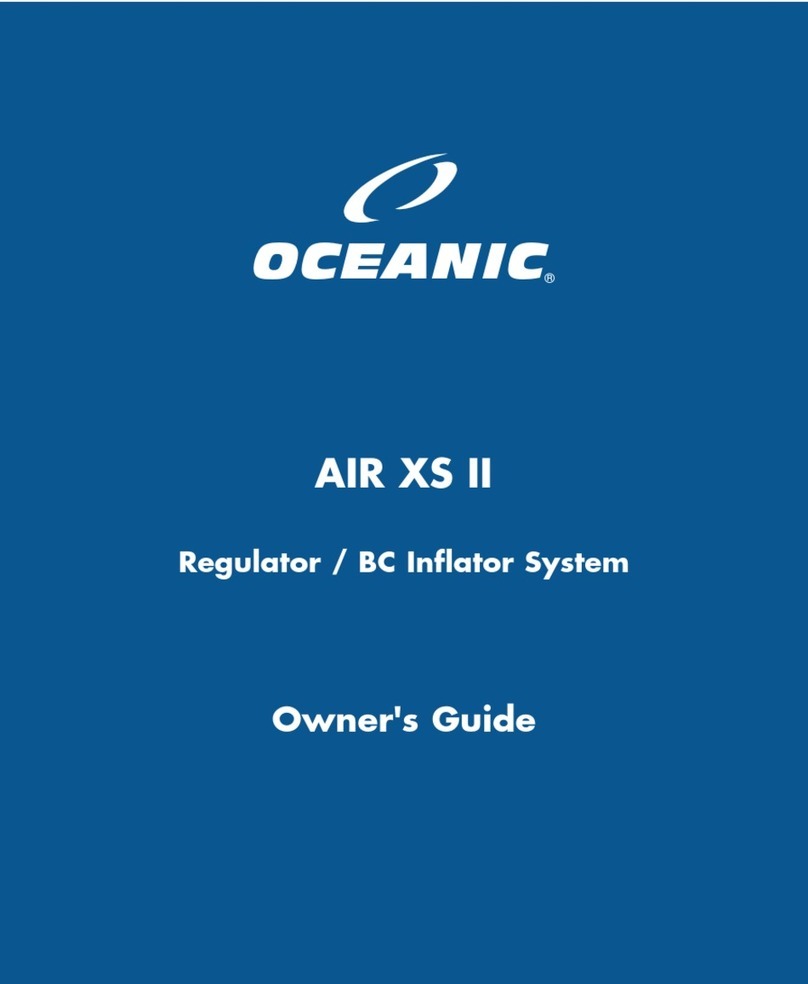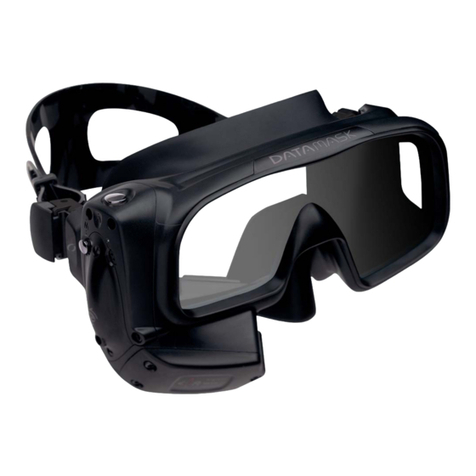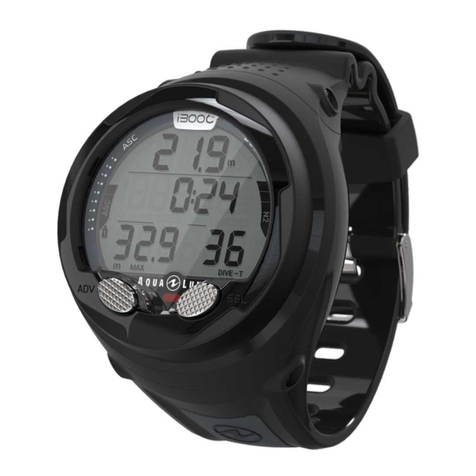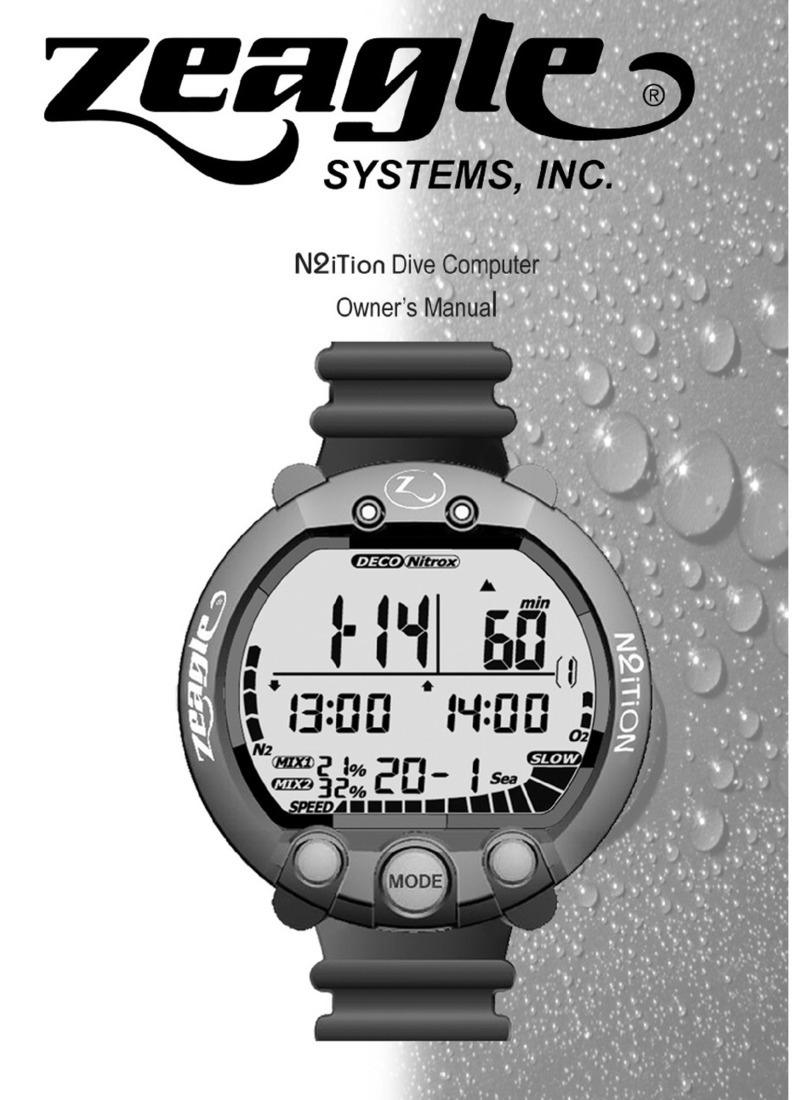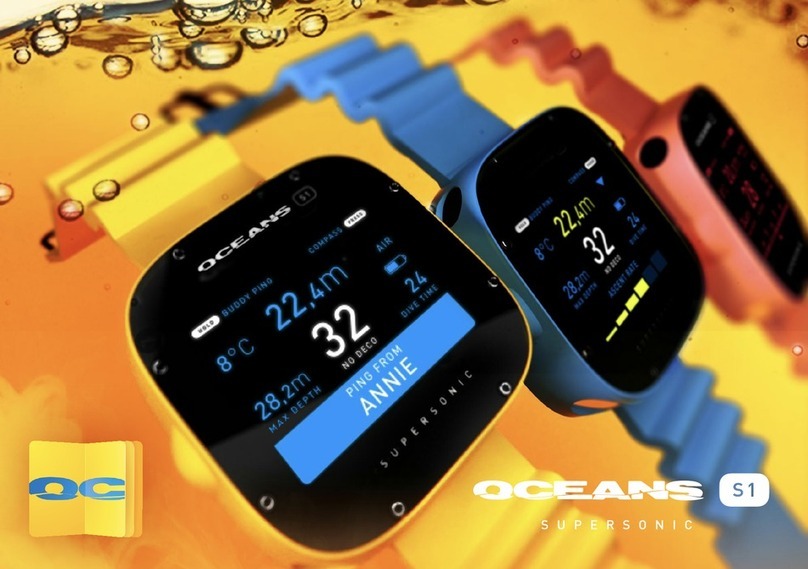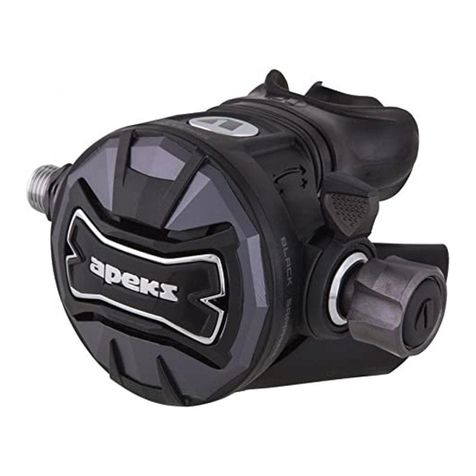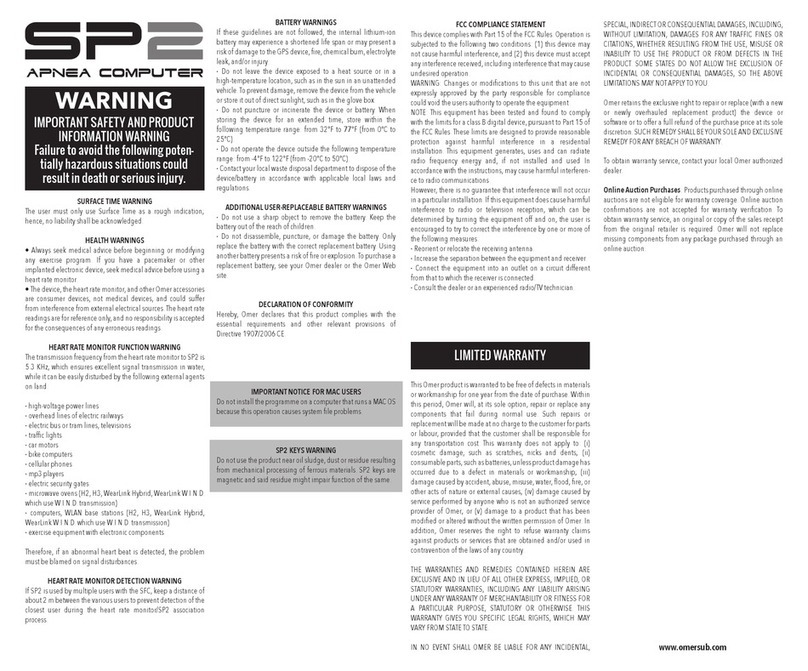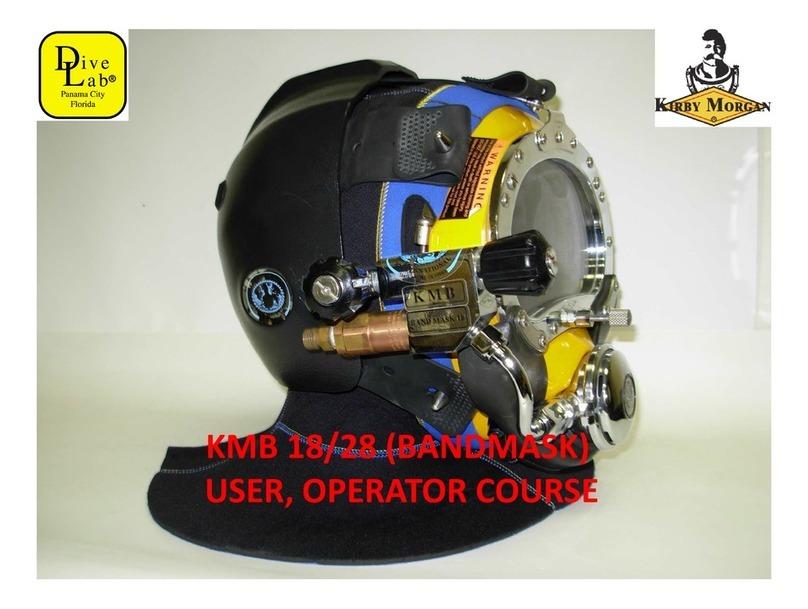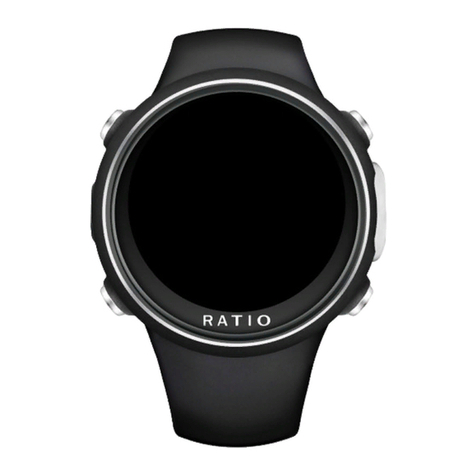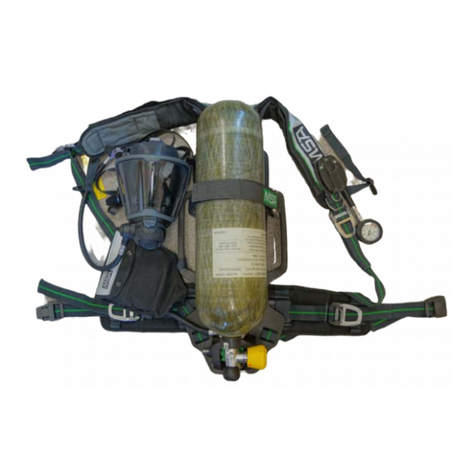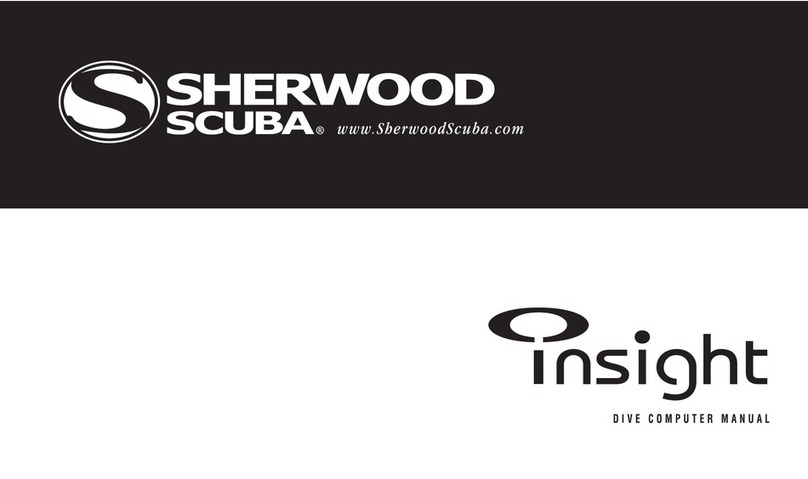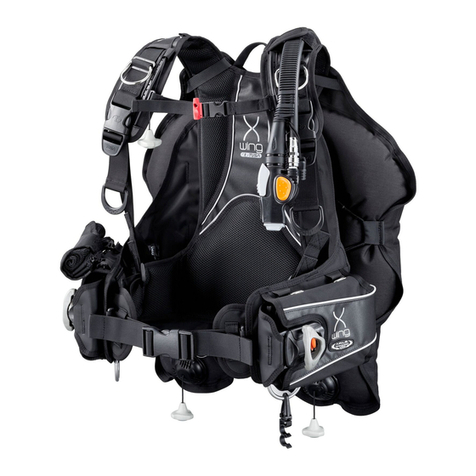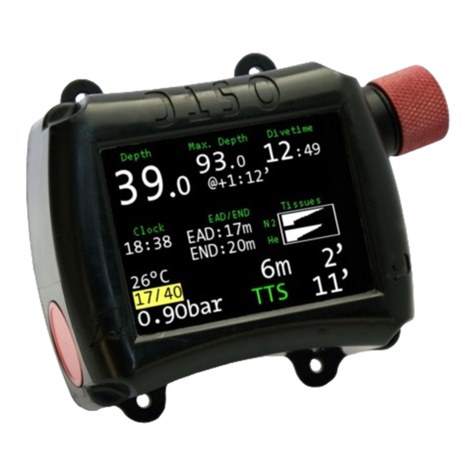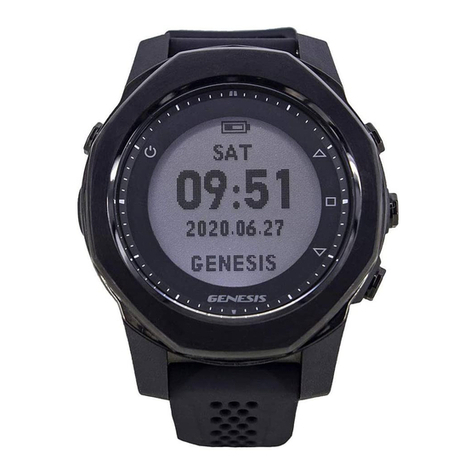
4
CONTENTS (continue )
SET MODE ................................................................................................................................................................ 20
Set Mode A ess and Timing ............................................................................................................................... 20
TO SET FO2 ......................................................................................................................................................... 21
TO SET WET ACTIVATION ................................................................................................................................. 22
TO SET UNITS OF MEASURE ............................................................................................................................ 23
TO SET HOUR FORMAT ..................................................................................................................................... 24
TO SET TIME ....................................................................................................................................................... 25
TO SET PO2 ALARM ........................................................................................................................................... 26
TO SET FO2 50% DEFAULT ............................................................................................................................... 27
SUMMARY OF PRE DIVE SETUP ............................................................................................................................ 28
PLAN AND DIVE MODES ............................................................................................... 29
PRE DIVE PLANNING SE UENCETM ...................................................................................................................... 30
TLBG (TISSUE LOADING BAR GRAPH) ................................................................................................................ 32
O2BG (OXYGEN ACCUMULATION BAR GRAPH) ................................................................................................. 32
VARI (VARIABLE ASCENT RATE INDICATOR) ....................................................................................................... 32
CONTROL OF DISPLAYS ......................................................................................................................................... 33
NO DECOMPRESSION DIVE MODE ....................................................................................................................... 33
No De o Dive Mode Safety Stop .......................................................................................................................... 35
DECOMPRESSION DIVE MODE .............................................................................................................................. 36
VIOLATION MODES .................................................................................................................................................. 39
Conditional Violation Mode ................................................................................................................................... 39
Delayed Violation Modes ...................................................................................................................................... 40
Immediate Violation and Violation Gauge Mode .................................................................................................. 41
HIGH PO2 .................................................................................................................................................................. 43
HIGH OXYGEN ACCUMULATION ............................................................................................................................ 44
